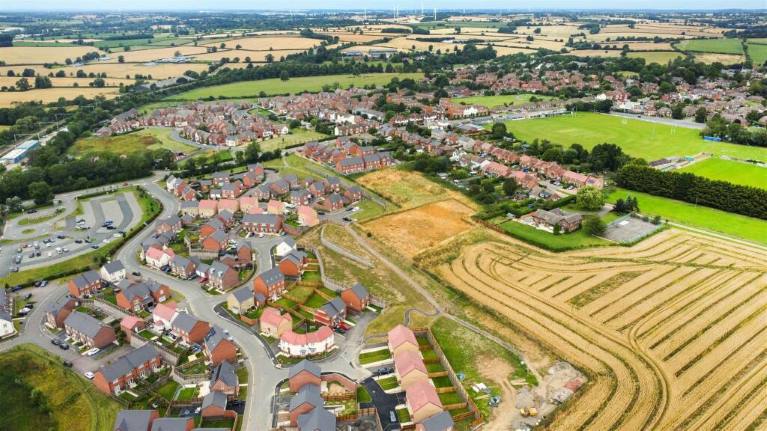Over half of UK homes not energy efficient
Lots of us are thinking about the day-to-day changes we can make to be greener, particularly at home.
Energy prices have fallen in recent months, but household bills are still much higher than before the big surge in wholesale energy costs, back in 2022. How much households spend on energy is directly linked to its energy efficiency score, also known as an EPC rating. The higher the rating, the lower your bills will be, as less energy is needed for things like keeping it warm, and hot water.
Our recent study found that at least 18 million homes – which is over half the UK’s housing stock – have EPC ratings of D or below, with D being the most common rating in the UK currently. Plus, and perhaps most importantly, the difference between average annual bills for the highest rated homes (A) and the lowest rated homes (G), amounts to thousands of pounds on average.
Our energy bill tracker compares how average energy bills differ by EPC rating, and property type. Take a look at how average energy bills differ by energy rating for a three-bedroom house below, or check other property types here.
Average annual energy bills for a three-bedroom house:
| EPC Rating | Average annual energy bill |
|---|---|
| A | £508 |
| B | £1,039 |
| C | £1,669 |
| D | £2,340 |
| E | £3,292 |
| F | £4,431 |
| G | £5,674 |
So, what can be done to improve a home’s EPC rating?
Energy Performance Certificates are valid for 10 years, and you’ll find details of the improvements or changes that could be made to improve a home’s rating.
This might include things like switching out a gas boiler for an electric-powered heat pump, improving insulation to prevent heat escaping, or even low-cost changes like replacing old halogen light bulbs with energy-efficient LED alternatives.
Take a look at our guide to making green home improvements to get an idea of the costs involved, as well as the savings you could expect to make on your energy bills.
Will there be more support available for people to make changes?
Whichever party wins the election this week, we’re urging them to prioritise offering incentives to households to make green improvements. Even with schemes like the Boiler Upgrade Grant and Great British Insulation Scheme already in place, our study shows the extent of the challenges to making homes greener.
Our property expert, Tim Bannister, says: “While it’s a start to see some green support proposed in the party manifestos, there’s a big job to be done to address the wide scale issue that at least 18 million UK homes need to be improved.
“Many home-owners and landlords need urgent access to schemes that enable them to make these improvements, which could help with huge savings on energy bills. Each home requires different improvements and the upfront costs are a huge barrier to change. Without more help, many home-owners and tenants will continue to live in high-carbon emitting homes with high energy costs.”
The header image for this article, from a home with energy efficiency rating B, was provided courtesy of Howkins & Harrison LLP, Daventry.
READ MORE: How do you retrofit a home and how much could it cost?



